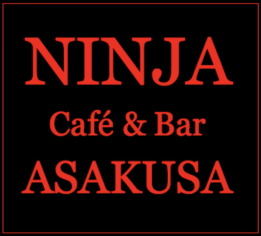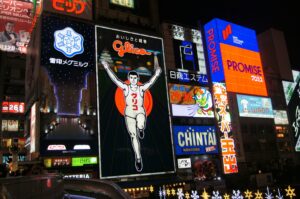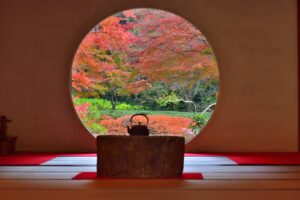Introduction of Sightseeing Spots in Kyoto by Area
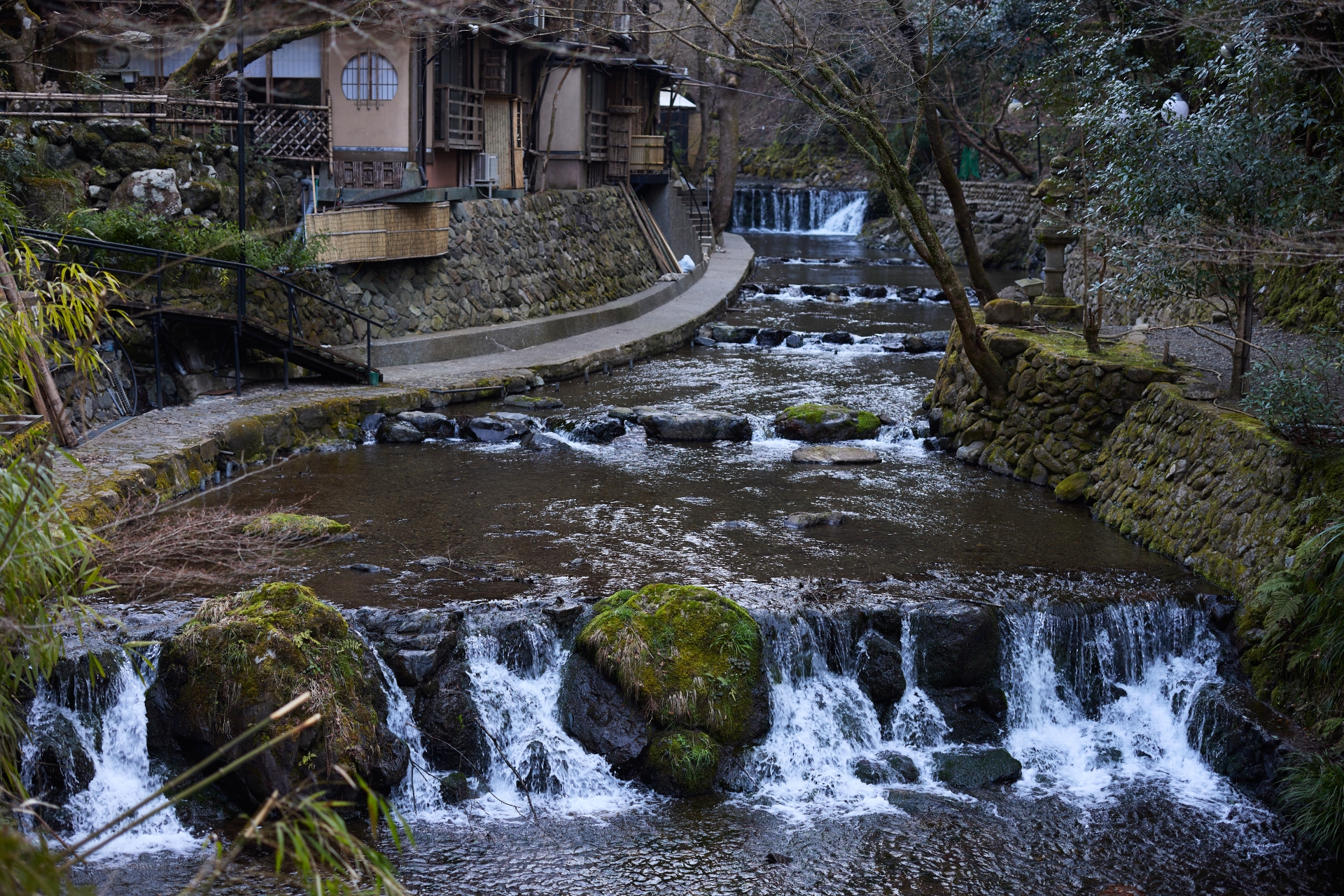
Kyoto is a capital city with a history of about 1,100 years, and is a very popular tourist destination not only among overseas tourists, but also within and outside of Japan.
Kyoto is actually a surprisingly large area, and the means of transportation is complicated, making it difficult to make a schedule!
For those of you who want to visit Kyoto, we will introduce you to the unique sightseeing spots in each of the various areas of Kyoto.
This article should help you enjoy Kyoto to the fullest.
We also have this article for 5 must visit areas in Kyoto !
- Downtown Kyoto
- Central Kyoto
- Northern Higashiyama
- Southern Higashiyama
- Southern Kyoto
- Northeastern Kyoto
- Kyoto Station area
- Northwestern Kyoto
- Arashiyama
- Uji
- Takao
- Kurama & Kibune
1. Downtown Kyoto - shopping and foodies
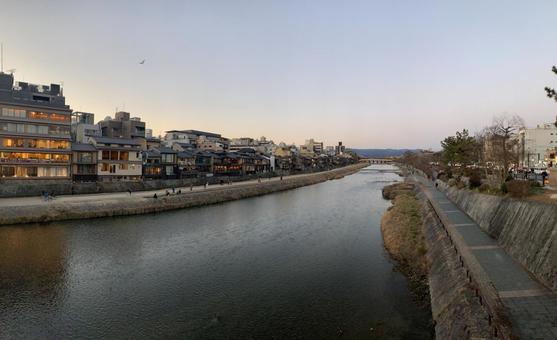
Downtown Kyoto is centor of Kyoto city, where various commercial facilities are concentrated.
You can enjoy shopping for everything from the latest trends to the traditional in downtown areas such as Kawaramachi and Karasuma.
Walking around the city, you will find streets and avenues that remind you of the history of Kyoto.
Ponto-cho Street is especially popular as a deep walk in Kyoto.
Nishiki Market is known as “Kyoto's kitchen” and is a popular spot for food strolls.
The Kawaramachi and Karasuma neighborhoods also offer a wide variety of gourmet options, from traditional izakaya (Japanese-style pubs) to new trendy cafes.
In summer, you can enjoy Noryo-doko, a traditional Japanese-style restaurant along the Kamogawa River.
2. Central Kyoto - Nijo Castle
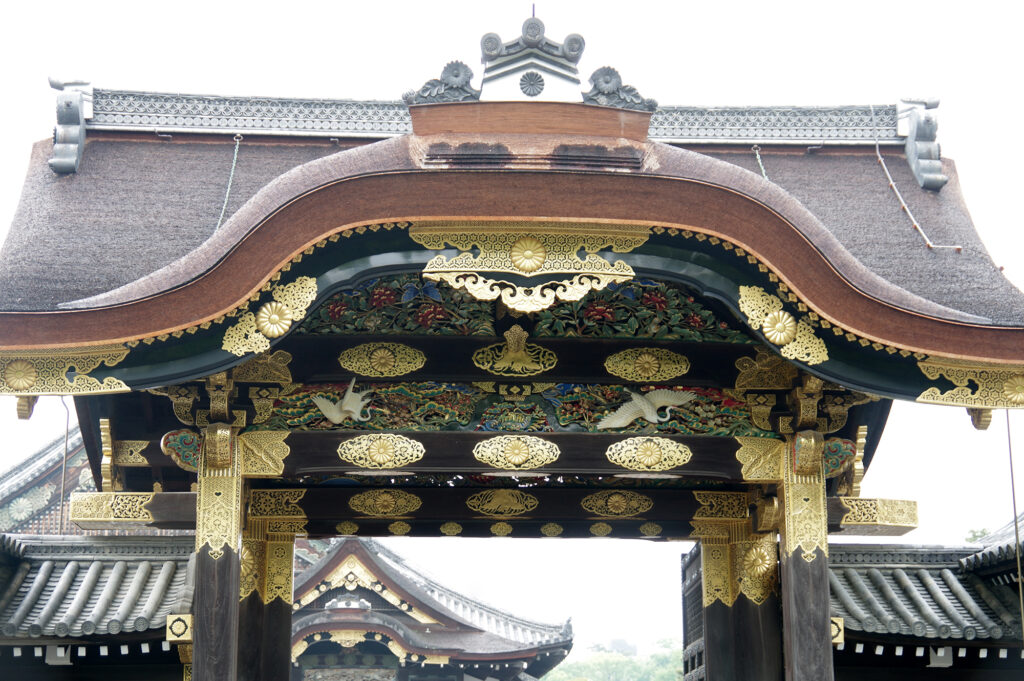
The famous sightseeing spot is Nijo Castle in central Kyoto.
Various event exhibitions are held according to the seasons.
The Kyoto International Manga Museum and the Kyoto Confectionary Museum are sightseeing spots that can be enjoyed even on rainy days.
At the Kyoto Confectionary Museum, visitors can enjoy matcha green tea and seasonal confections.
Shimogamo Shrine, located a little to the north, is a World Heritage Site.
It is dedicated to the god of beauty and is famous as a power spot for matchmaking.
For more information, read our Ninja Blog article! Nijo Castle: A beautiful World Heritage with history and culture
3. Northern Higashiyama - cherry blossoms
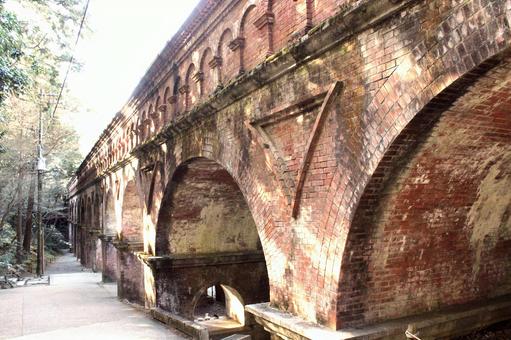
The northern area of Higashiyama is known for its beautiful cherry blossoms.
In the area around Philosopher's Path and Nanzenji Temple, cherry blossoms are in full bloom in spring, and you will be impressed by their beauty.
Visitors can enjoy walking around and touring the temples.
Manjyuin is also known for its autumn foliage.
The Kyoto City Zoo, the second zoo to be opened in Japan, has a history of about 120 years.
The Heian Jingu Shrine, famous for its large red torii gate, and the Kyocera Museum of Art, where unique exhibits can be enjoyed, are also located in this area.
4. Southern Higashiyama - Ninja Experience
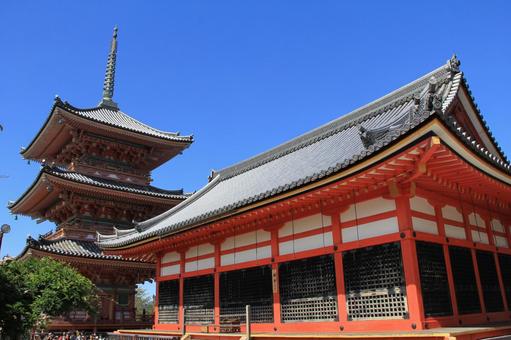
Higashiyama South area is located near downtown Kyoto.
Gion and Hanamikoji, famous for its maiko and geisha, and our Ninja Experience Cafe are located in this area!
The Ninja Cafe offers photo taking tours by ninja and is recommended for first-time visitors to Kyoto, as they can enjoy famous tourist spots such as Yasaka Shrine, Yasui Konpiragu Shrine, Hanamikoji Temple, and Tatsumi Bridge, as well as the historical cityscape all at once.
Since it is difficult to encounter geisha in the city, we recommend that you make reservations for a tour or store, or for a dance performance.
At the “Gion Corner,” visitors can experience various aspects of Japanese culture, including Kyoto-style dancing, tea ceremony, flower arrangement, koto music, and Noh.
Kiyomizu-dera Temple and Ninen-zaka and Sannen-zaka slopes are located a short distance from Gion.
Kiyomizu-dera Temple has many souvenir shops along the approach to the temple, and visitors can also enjoy the traditional streetscape.
5. Southern Kyoto - Fushimi Inari Taisha
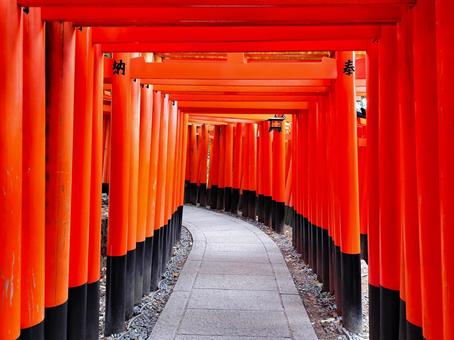
The Kyoto South Area is a bit far from the city center, but it is home to some interesting shrines and temples.
The Senbon-torii (1,000 torii gates) at Fushimi Inari-taisha Shrine is a sight to behold and is sure to be a picture-perfect sight.
It is a mountain path, so please visit with comfortable walking shoes!
Ishimizu Hachimangu Shrine is also famous as a powerful power spot for prayers for good luck and victory, and is home to many national treasures and important cultural assets.
Daigoji Temple, registered as a World Heritage Site, is also famous for its cherry blossoms and autumn leaves.
For more information read our Ninja Blog article! Fushimi Inari-taisha Shrine - a beautiful Kyoto power spot with 1,000 torii gates
6. Northeastern Kyoto - Deep temple and shrine tours
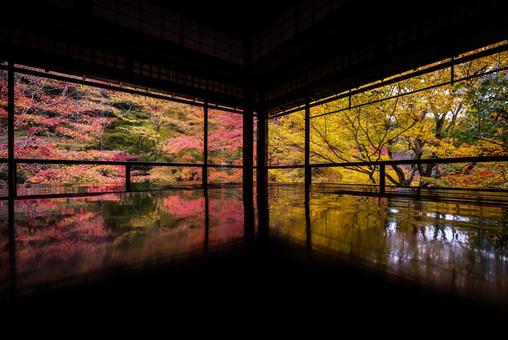
The northeastern part of Kyoto can be visited by bus or Eizan train from the city center.
In this area, each tourist attraction is a bit far away from each other, so we recommend that you travel by bicycle.
Kamigamo Shrine (different from "Shimo"gamo Shrine!), whose entire precincts have been designated a World Heritage Site as a “cultural asset of the ancient capital of Kyoto”, Ruriko-in Temple, Miyake Hachimangu Shrine, and Akayama Zen-in Temple. These are not so famous spots, so you can say it is a deep Kyoto sightseeing.
All of them are wonderful in the fall when the leaves turn red.
7. Kyoto Station Area - Kyoto Aquarium
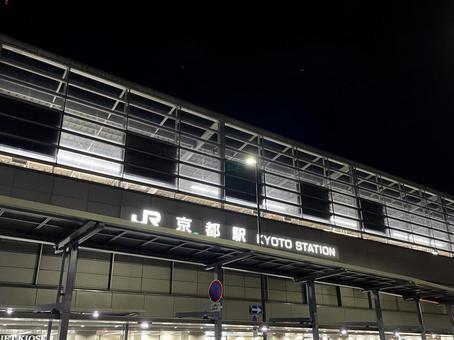
The Kyoto Station area is dotted with sightseeing spots that can be enjoyed even on rainy days.
At the Kyoto Aquarium, visitors can see dolphins, penguins, jellyfish, and the giant salamander, which is called a “living fossil".
The Kyoto Railway Museum is a museum with many hands-on activities, such as a steam locomotive ride and a driving simulator.
From the observation deck of Kyoto Tower, you can enjoy a panoramic view of Kyoto city.
The night view is especially beautiful. Toji Temple and Tofukuji Temple are also located in this area.
8. Northwestern Kyoto - Kinkakuji Temple
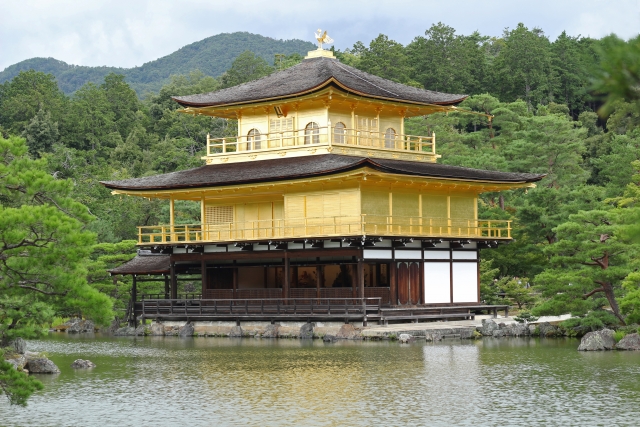
The most famous place in the northwestern part of Kyoto is the golden Kinkakuji Temple!
No matter what season you visit, you can take beautiful pictures.
Ryoanji Temple, famous for its stone garden, is also located in this area.
Kitano Tenmangu Shrine is dedicated to the god of learning.
Hirano Shrine is famous for its cherry blossoms.
A short distance away is the Uzumasa Eiga-mura, an interactive facility that takes visitors on a trip to the world of old japanese movies and anime.
Visitors can dress up in kimonos and have their pictures taken on sets that resemble the streets of Edo (old Tokyo), the same area used in actual movies.
You can also meet actors dressed as samurai.
For more information read our Ninja Blog article! Kinkakuji Temple, Kyoto's golden treasure
9. Arashiyama - beautiful nature
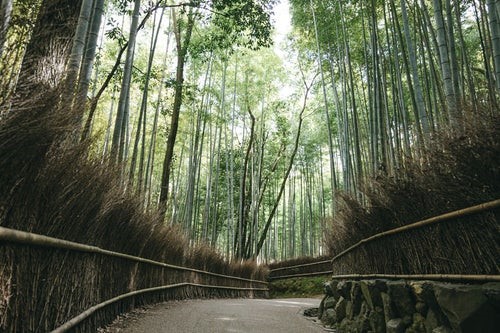
Arashiyama is an area with beautiful valleys and the Arashiyama Bamboo Forest Road, where you can enjoy the scenery of the four seasons.
The view from Arashiyama Togetsu Bridge is spectacular and attracts many tourists.
There is also Monkey Park and Arashiyama Park, where visitors can experience the charm of Kyoto while getting in touch with nature.
There are also a variety of eating places and cafes, which are very popular among tourists.
10. Uji - Match and Byodoin Temple
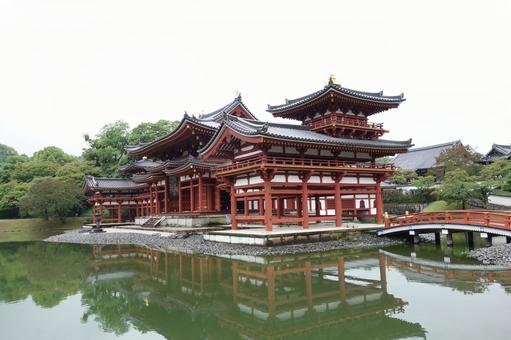
Uji is known for its matcha (powdered green tea).
It is dotted with beautiful scenery of the Uji River and historical sites such as Byodoin Temple and Ujigami Shrine.
Mimuroto-dera Temple, also known as “Hydrangea Temple,” offers beautiful hydrangeas in early summer.
Be sure to try some of Uji's famous, finest matcha green tea sweets.
11. Takao - mountain hiking
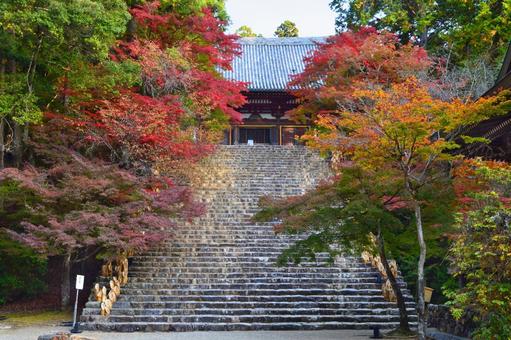
Takao is located in the northern part of Kyoto and is best visited during the season of fresh greenery!
Kyoto cuisine served on a riverbed is very tasteful.
There are three temples, Jingo-ji Temple, Saimyo-ji Temple, and Takayama-ji Temple, located on three mountains, Takao mountain, Makio mountain and Togao mountain.
12. Kurama and Kibune - river side cuisine
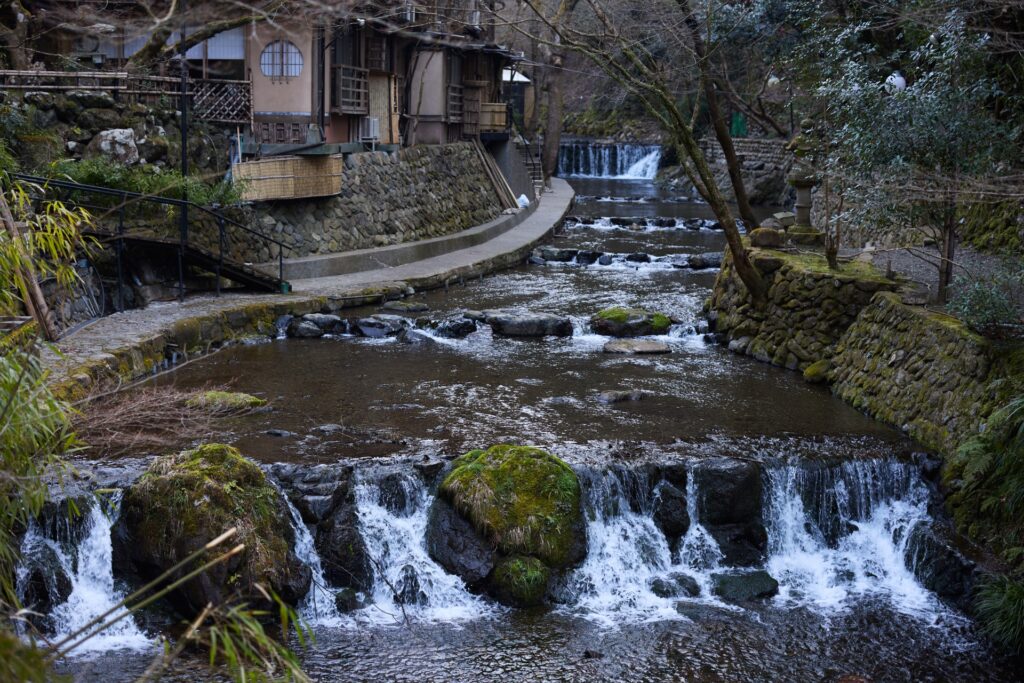
Kurama and Kibune are one of the most famous power spots in Kyoto.
They can be visited by Eizan Electric Railway.
Kuramadera Temple and Kibune Shrine are well-known historical sites and offer a serene atmosphere.
Kibunegawa, where you can enjoy kawadoko cuisine, is also attractive and offers local delicacies.
Please wear comfortable walking shoes as there are many hills and stairs!
What are we?
We run Ninja Experience Cafe in Tokyo, Kyoto and Osaka, Japan.
Here you can immerse yourself in Japanese culture through experiencing ninja training.
Both adults and children are welcome to try their hand at defeating the ninja master inside the cafe.
The cafe is an indoor interactive zone, so it can be enjoyed even on rainy days.
If you are thinking "I want to be a real ninja too!” or interested in becoming a real ninja, please visit us.
Reservations can be made here.
Unauthorized copying and replication of the contents of this site, text and images are strictly prohibited.
